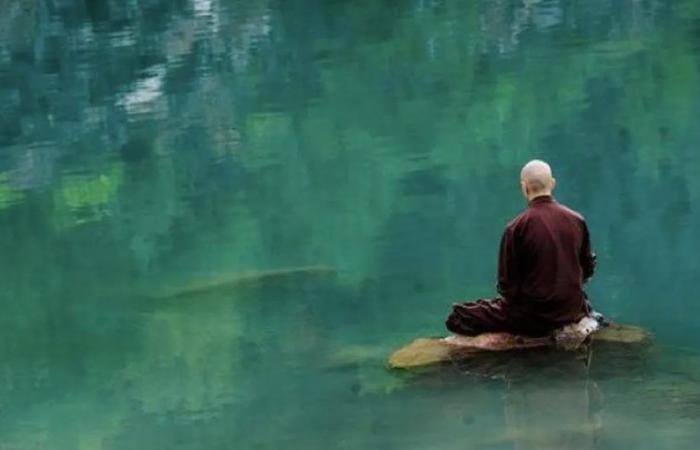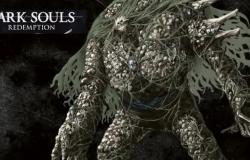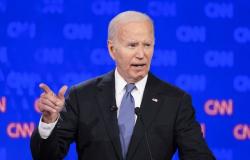Indian Prime Minister Narendra Modi is known for promoting a healthy and active lifestyle. One of the practices that he himself adopted and is responsible for disseminating is yoga, an ancient discipline that combines physical postures, breathing techniques and meditation to promote physical, mental and spiritual health.
On the occasion of International Yoga Day, celebrated every June 21Modi launched a Yoga Guide for Health, which offers a series of postures and tips to improve overall well-being.
India’s Prime Minister’s Guide to Yoga to Improve Physical and Mental Health
The extended triangle, the mountain, the tree and the camel, or meditationare among the yoga asanas that the prime minister professes in search of offering inner peace, physical and spiritual well-being.
The Hindu nationalist leader attributes benefits to this selection such as relief from menstrual pain, strengthening of the spine and back and a consequent reduction in fatigue, anger and emotional instability.
Trikonasana or extended triangle
To perform the extended triangle, first, standing, take a long step with the right leg to the side, so that the legs are separated from each other, turn the right foot so that the toes point to the side, while the left looks forward.
Subsequently, the arms are opened crosswise, activating their muscles, with a slow lateral inclination to the right.
It is one of the most beneficial for health, reducing stress and mental tension, and allowing greater strength and flexibility in the thighs, shoulders, chest and spine.
Tadasana or mountain
The mountain is an asana that promises to work on the balance of the entire body. Stretches the vertebrae, abdominal muscles and intestines, in addition to toning the ligaments of the legs, arms and back.
Its easy execution and ability to release body tension makes this a posture equally recommended for children, encouraging them to correct bad posture, he says.
The key is to stand with your back straight, fix your gaze on a single point, separate your feet shoulder-width apart, stretch your arms up above your head, pulling your limbs in opposite directions.
Vrikshasana or tree
Derived from the Sanskrit word ‘vriksha’, which means tree, it involves standing on one leg, bending the other and resting the sole of the foot on the inner thigh of the supporting leg, joining the arms above the head like representation of the branches.
Adapted to any age and physical condition, the tree requires concentration, connecting and training the left and right halves of the brain, while helping to improve flexibility, especially in areas such as the hips and groin, he details.
Ustrasana or camel
The camel asana helps, Modi’s guide assures, to improve blood circulation in the head and chest, improves eyesight and helps reduce abdominal fat, in addition to contributing positively to constipation problems.
However, it requires certain rigor and caution when entering and exiting the posture, to avoid cervical injuries. To carry it out, you place your knees on the floor and very slowly arch your back with your arms extended and your hands on your heels, bringing your hips forward.






